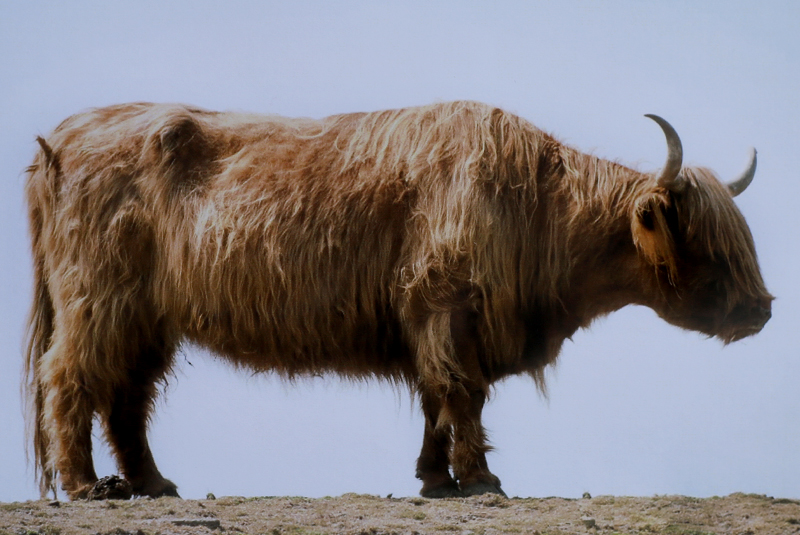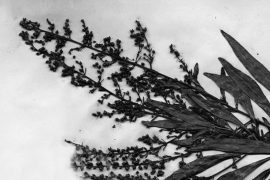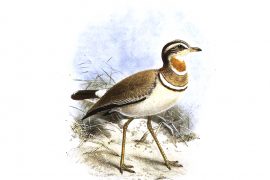The yak has long been a staple of the world’s highest and coldest climates. Their thick fur keeps them warm while their large hearts let them breathe in the thin air. Without yaks, humans could never have survived in these landscapes.
The Hindu Kush Himalayan region is demarcated by eight countries, many of which didn’t exist more than a century ago. As wars, agreements and geopolitics tore up the landscape, manmade borders have severely restricted the yak’s ability to breed. What was once the flagship species of the world’s highest mountains is now a domesticated and often inbred beast of burden.
Mature wild yaks number less than 10,000 today according to the International Union for Conservation of Nature (IUCN). In India, their population is fewer than 150 – concentrated in the Ladakh region. Meanwhile, domesticated yaks number around 15 million. The cruel and simple reason for this is that mankind has found a use for one, and none for the other.
Domesticating the yak has yielded many benefits for man. Its milk is highly nutritious and along with butter is the staple diet of the Tibetan region. Its fur is a vital source of woollen clothing. Its dung has been a source of fuel for the mountain folk for thousands of years – and may have been the reason the yak was domesticated in the first place.
Copyright©Madras Courier, All Rights Reserved. You may share using our article tools. Please don't cut articles from madrascourier.com and redistribute by email, post to the web, mobile phone or social media.Please send in your feed back and comments to [email protected]











